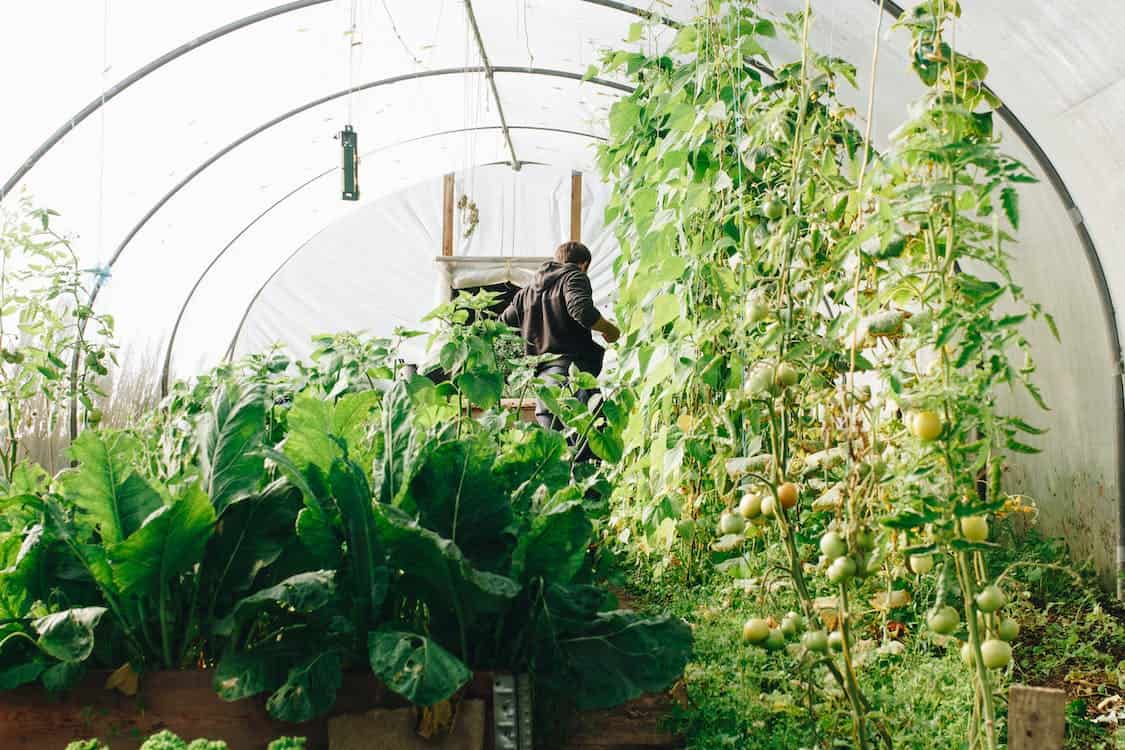
Exploring Permaculture
A sustainable farming technique that is gaining traction globally is permaculture. It is a technique for creating ecosystems that cooperate with nature rather than compete with it. A self-sustaining system that produces food, water, and other resources without harming the environment is what permaculture aims to build. We shall examine the tenets of permaculture, its advantages, and its application.
The concept of permaculture was created in the 1970s by Australian ecologist Bill Mollison and his student David Holmgren. The term "permaculture" comes from "permanent agriculture" and "permanent culture." The idea was to create a system that was sustainable over the long term, both environmentally and socially. Mollison and Holmgren developed a set of principles that guide permaculture design, including using renewable resources, minimizing waste, and designing systems that are resilient and self-regulating.
Numerous advantages of permaculture include lowering the need for chemical inputs, fostering biodiversity, and conserving water. Permaculture is a technique that uses natural systems and processes to achieve high yields with little input. Permaculture can also foster community and a sense of connectedness to the natural world, which are social advantages.
One famous movie that showcases permaculture principles is "The Biggest Little Farm." This 2018 documentary tells the story of a couple who leave their city life to start a farm using permaculture methods. The film shows how they work with nature to create a thriving ecosystem that provides food, water, and shelter for a variety of plants and animals. Through trial and error, they learn to work with the land and animals to create a self-sustaining system that benefits the environment and the community.
- Observing and interacting with the environment: This involves studying the land, climate, and other factors to determine how to design a system that works with nature.
- Catching and storing energy: This includes using renewable resources, such as solar and wind power, to provide energy for the system.
- Obtaining a yield: This involves designing systems that produce food, water, and other resources.
- Applying self-regulation and accepting feedback: This involves monitoring the system and making adjustments as needed to ensure that it remains resilient and sustainable.
- Using and valuing renewable resources and services: This includes using natural processes, such as composting and soil building, to maintain soil fertility and reduce the need for chemical inputs.





Comments
Leave a comment